A team of researchers from Ireland report on the mechanisms of how atmospheric cold plasma (APC) improves the germination of seeds.


A team of researchers from Ireland report on the mechanisms of how atmospheric cold plasma (APC) improves the germination of seeds.
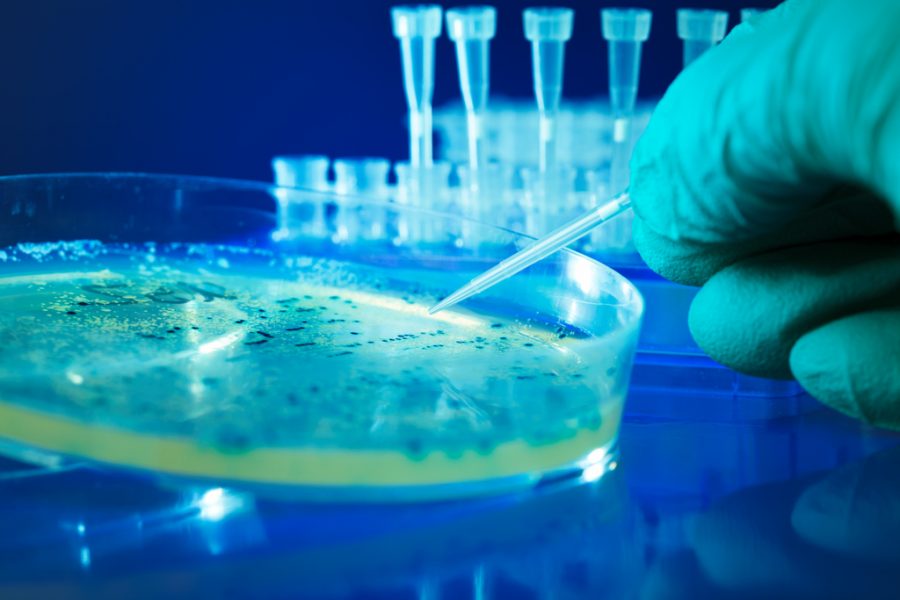
German researchers tested the efficacy of cold atmospheric plasma in the inactivation and removal of infections.

A team of Argentinian researchers developed a superhydrophobic and oleophilic carbonaceous nanosponge (CN) with high adsorption capacity for selective oil removal from water which could be used in case of oil spills.
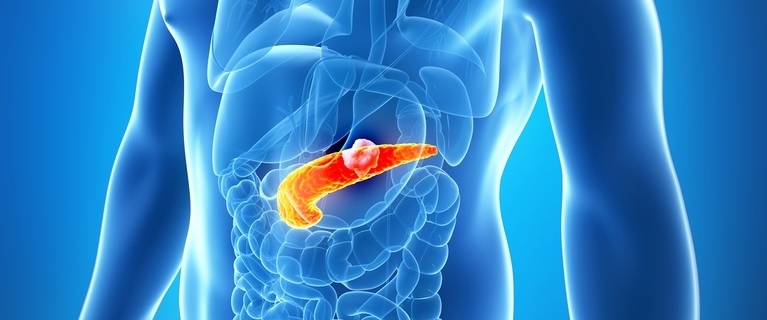
Chinese researchers combined a glow‐like helium atmospheric pressure plasma jet with clinical antitumor drug‐Tegafur‐ to treat pancreatic tumor cells in vitro.
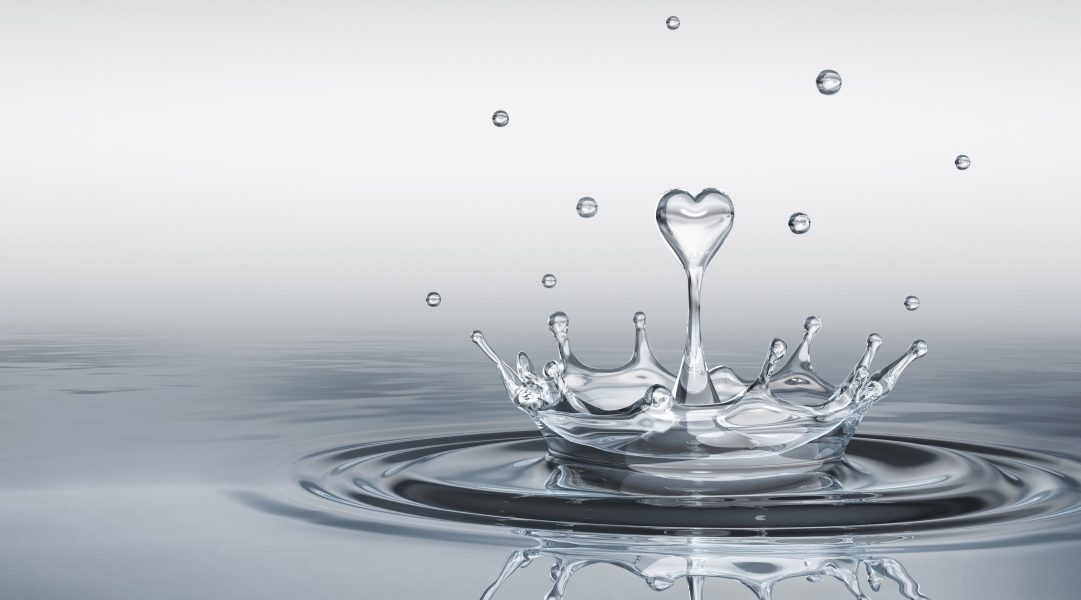
A team of Canadian researchers has shown that direct contact between an AP “cold” oxidizing plasma source and water that contains very high concentrations of cyanobacteria and green algae, along with associated BMAA toxin, could be quite rapidly (in minutes) decontaminated with modest energy input.
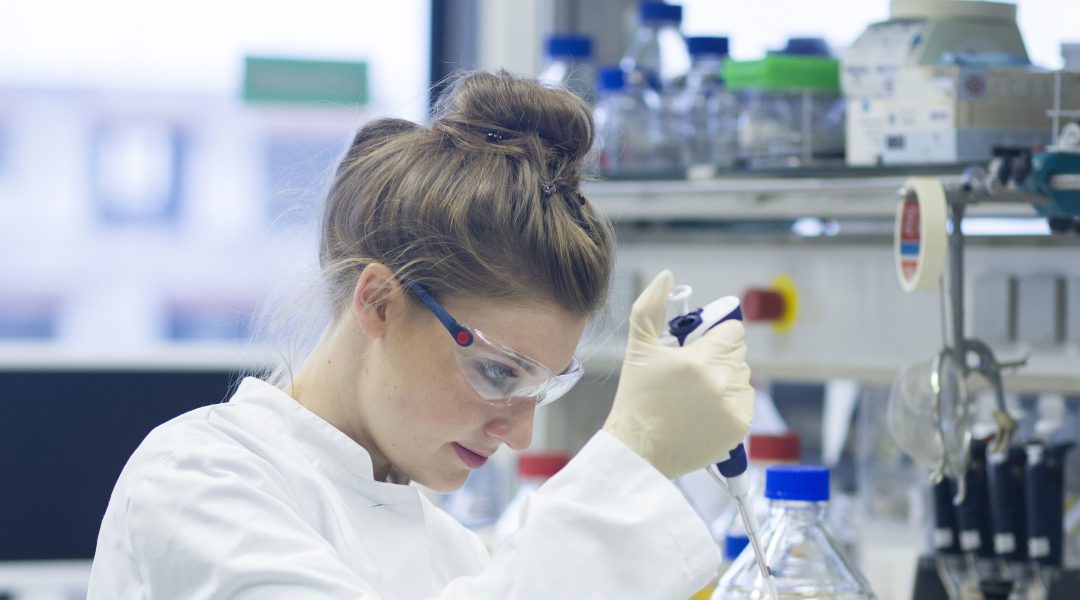
In situ synthesis of magnetic nanoparticles in a hydrogel and fabrication of a magnetic thermoresponsive hydrogel composite.

An atypical, low‐power, atmospheric pressure plasma source for application in plasma medicine.
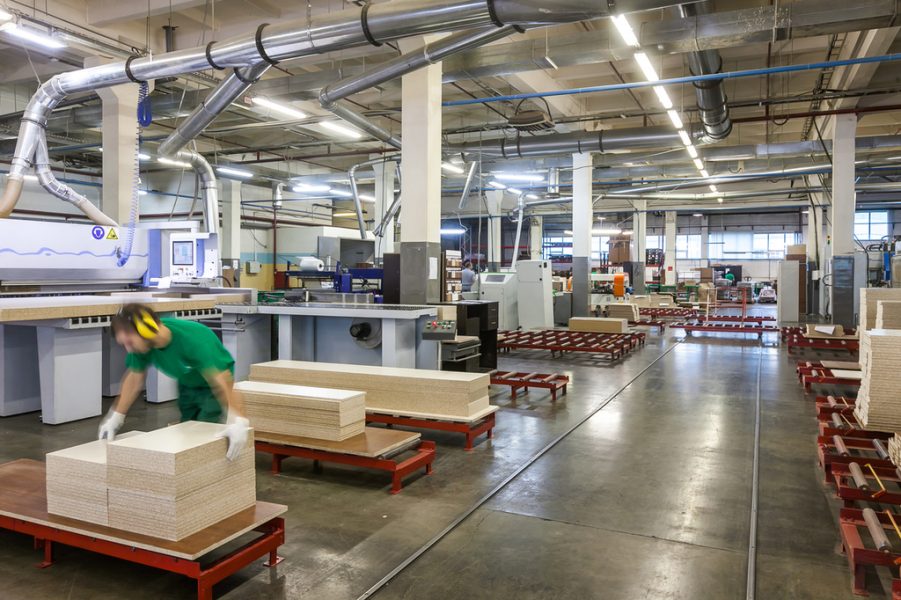
A German scientist team conducted a comparative study on atmospheric pressure plasma jet versus diffuse coplanar surface barrier discharge treatments on wood surface properties.

A research team used a plasma jet‐like setup to enhance the flowability of lactose powder while in production.
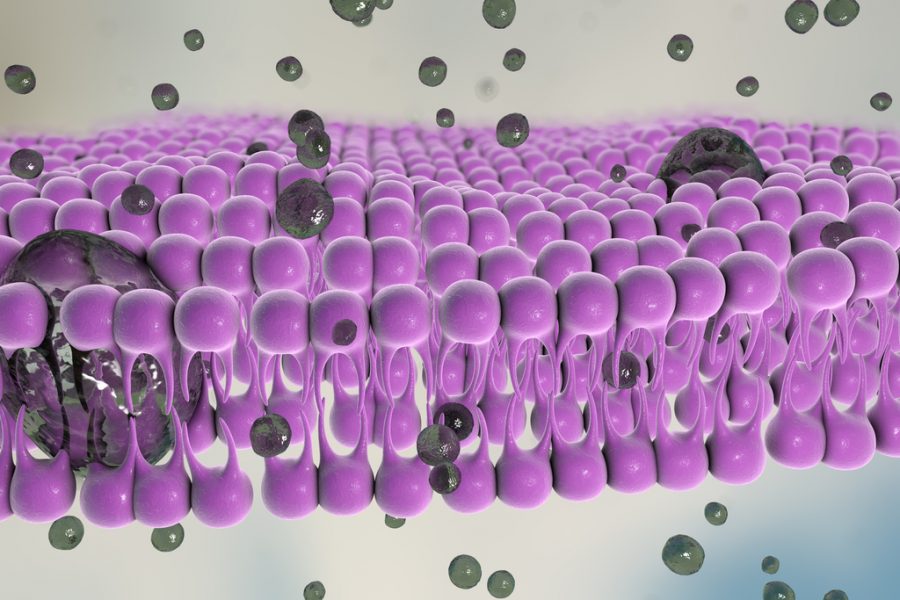
A research team from the National Chiao Tung University in Taiwan showed that aerosol‐assisted dielectric‐barrier‐discharge atmospheric‐pressure plasma deposition can be used for depositing different kinds of protein on different biosensor substrates in a single step.